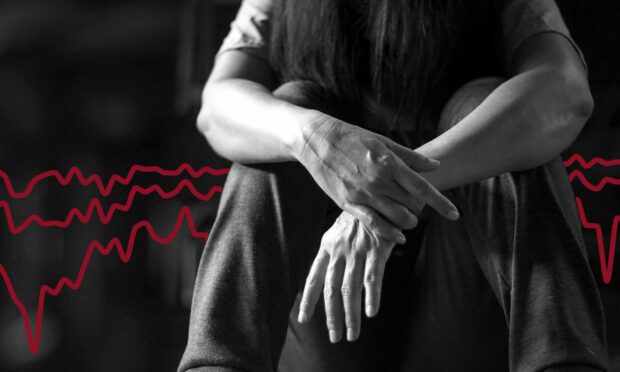Trying to conceive can be an emotional experience, especially when things don’t go to plan and nature needs a helping hand.
In vitro fertilisation (IVF) can be used when natural conception just isn’t happening and can be an exhausting and mentally draining process.
Once assisted conception services have been accessed, the process is still lengthy and involves multiple steps and appointments.
Who can apply for IVF?
IVF is only provided in Scotland to patients that meet a set criteria.
For heterosexual couples with unexplained fertility issues, they must have been experiencing trouble conceiving for two years.
For same sex couples this criteria applies to unexplained fertility issues following six cycles of donor insemination.
If the fertility issues have been found to be caused by a defined medical problem, the two-year/six-cycle waiting period is waived.
If one of the people in the relationship has undergone a sterilisation procedure, this would exclude them from NHS-funded IVF.
The couple must be in a “stable relationship” and must prove they have been living together at the same address for at least two years.

There is also an age criteria applied to the intended birth parent – they must start the treatment by the time they turn 40 and all treatment must be completed by the time they turn 41.
Up to three cycles of IVF can be funded by the NHS, but there has to be a “reasonable expectation of a live birth” and clinical judgment by fertility specialists will be applied to determine this.
If these criteria are not met, the patient would have to seek services privately.
If a couple does meet the criteria after going through the assessments, there is still a hill to climb by getting to the top of the waiting list and actually receiving treatment.
To help you better understand how long you may wait to receive IVF treatment we have created a series of charts which cover the situation across Scotland.
All of the charts in this article will be updated whenever new data is available.
What is the target?
The Scottish Government target for IVF is that 90% of patients should receive a screening at an IVF centre within a year of receipt of their referral from a consultant.
According to a study from the Human Fertilisation and Embryology Authority (HFEA), NHS patients were far more likely to suffer IVF delays during the pandemic than those paying privately.
The survey also found one in five fertility patients had their treatment delayed in 2021 due to the ongoing impacts of the pandemic.
IVF waiting times in Scotland by centre
There are four IVF centres in Scotland – Aberdeen, Dundee, Edinburgh, and Glasgow.
The chart below shows the current situation for waiting times broken down by individual centre.
Use the dropdown to select the centre you are interested in.
The chart below shows the raw number of patients who are being seen within and outwith the 52-week target at each IVF centre.
IVF waiting times by Scottish health board
The chart below shows the adherence to the 52-week target, broken down by the NHS board you were referred for treatment by.
Use the dropdown to select the health board you are interested in.
The chart below shows the raw number of patients who are being seen within and outwith the 52-week target broken down by the referring health board.
How many people receive IVF referrals?
For additional context we’ve also looked at the number of patients who have been referred for IVF.
This shows the level of demand for the service and any fluctuations.
The chart below shows referrals broken down by the centre receiving the referral.
This chart shows that same data broken down by the health board that referred the patient for IVF.
Where can I get help?
The first step with IVF treatment is usually to have a conversation with your GP.
Further information on IVF can be found on the NHS website.
More health data
This article is part of a series that aims to make data about waiting times and pressures on the NHS more accessible and easy to understand. You can view the rest of the series below.
The charts in this tracker series are automatically updated with the latest available data from Public Health Scotland. The source code for this project can be found on our data team GitHub page.









Conversation